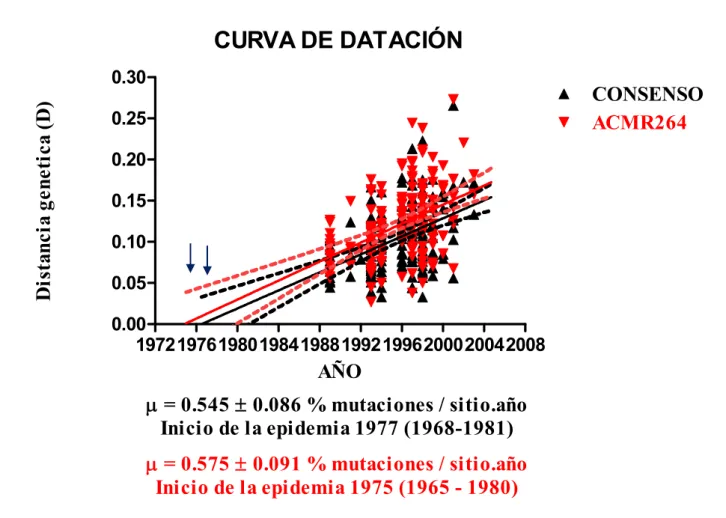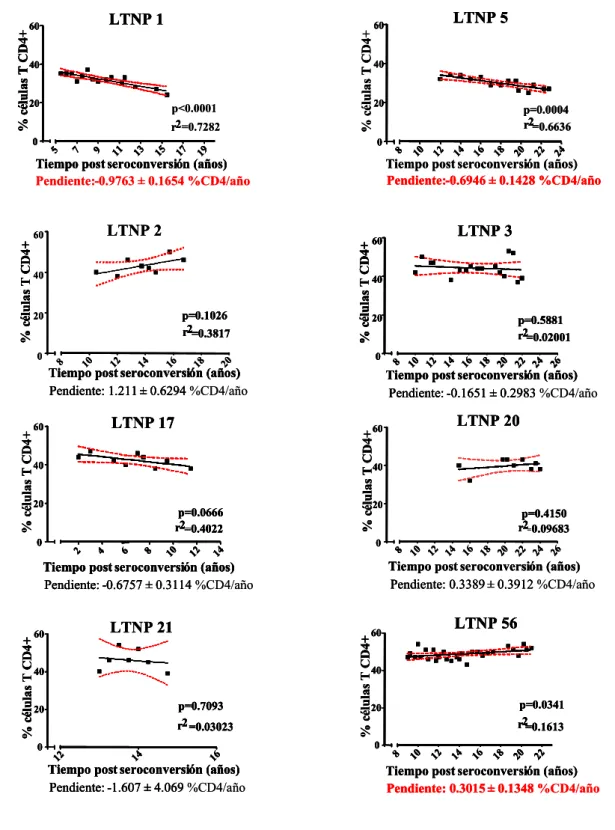Evolución del virus de la inmunodeficiencia humana tipo 1 (VIH 1), en pacientes no progresores con virus ancestrales
Texto completo
Figure




Documento similar
A recombinant viral vector based on the modified Vaccinia virus Ankara (MVA) expressing the fusion antigen GP120C14K has been generated following standard
Our results suggest that the collapse of the 29 virus is partly due to the capillary forces exerted by a water meniscus that are formed on or in the viral particles during the
El trabajo de investigación y la redacción de la Tesis Doctoral titulada: “Polyanionic carbosilane dendrimers against viral infections: Human Immunodeficiency Virus Type 1,
Here we report that infection of human cells with HIV-1 conveys the proteolytic cleavage of GCN2 and that purified HIV-1 and HIV-2 proteases produce direct proteolysis of GCN2 in
These results suggest that unconjugated ISG15 is responsible for counteracting the development of an exacerbated inflammatory response after a high dose of VV⌬E3L virus. To analyze
In order to characterize whether the ISG15 antiviral activity observed in animal models is cell-type specific and to further characterize its implication in the immune response, we
The patient, by clinical criteria, presented an infection by herpes virus type three or varicella zoster, and subsequently, a hemophagocytic syndrome, since she met five of
Persistent Southern Tomato Virus (STV) Interacts with Cucumber Mosaic and/or Pepino Mosaic Virus in Mixed- Infections Modifying Plant Symptoms, Viral Titer and Small RNA





